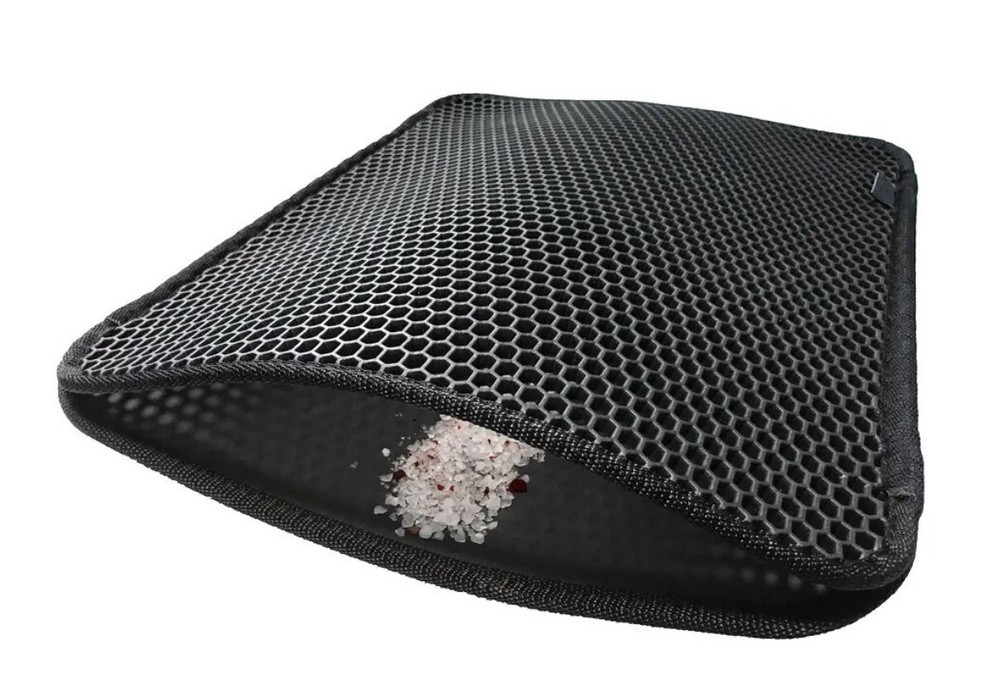
Symptoms of a Bad or Faulty Steering Damper
Content
Common signs include a wobbly or wobbly steering wheel, erratic off-road steering, hydraulic fluid leaks, and clanking under the vehicle.
A steering damper, or steering stabilizer as it is often referred to in the off-road community, is a mechanical piece that attaches to the steering column and is designed as the name suggests; to stabilize the steering. This part is common on trucks, SUVs and Jeeps with larger circumference or diameter tires, upgraded aftermarket suspension or XNUMXxXNUMX vehicles. Its main function is to limit the lateral movement of the steering column so that drivers have a better sense of the road they are driving on. It is also an important safety device as it can affect the vehicle's stability and the driver's ability to navigate dangerous road conditions.
There are several steering dampers available for both OEM and aftermarket. The information below will provide you with some initial warning signs or symptoms of a bad or faulty steering damper; so when you notice it, you can contact an ASE certified mechanic to check and replace the steering damper if needed.
Here are a few warning signs that may indicate that your steering damper has failed or failed:
1. The steering wheel is wobbly or loose
Because the steering damper is designed to hold the steering column firmly, steering wheel wobble is perhaps the best indicator of a problem with this component. However, this symptom can also be caused by a breakdown in the steering column itself, as the internal components inside the steering column are the first line of support for the steering shaft, which is attached to the steering wheel. When you feel that the steering wheel is loose or wobbly, it's always a good idea to have a mechanic check the problem; as it can also be related to steering problems which can lead to unsafe driving.
2. Steering is unstable off-road
The steering damper is not always installed directly from the factory. In fact, most steering stabilizers installed in the US are remanufactured parts. In modern trucks and SUVs, a steering damper is usually installed to improve driving efficiency on bumpy roads, ensuring safety and security. If you notice that the steering wheel shakes a lot while driving on dirt roads or aggressive paved road surfaces, it is possible that you do not have a steering damper installed. If you frequently use your vehicle off-road, you may want to purchase a replacement or OEM replacement part and have it installed by a professional mechanic.
3. Leakage of hydraulic fluid under the car
The steering stabilizer/damper is mechanical in nature but uses hydraulic fluid to stabilize the steering column and input shaft. If you notice hydraulic fluid on the ground, behind the engine, and on the driver's side, you may have a broken steering damper seal. When the seal or gaskets on this assembly break, they can be repaired, but sometimes it's better to replace the damaged assembly with a new steering damper designed for your particular vehicle.
4. Knocking under the car
It is also common to hear a clang when the steering damper fails. This is caused by the broken component rattling against the steering column or support joints where it attaches to the car body or frame. If you notice this sound coming from the floor of your truck or SUV, contact your mechanic as soon as possible to identify the problem.
5. Steering wheel vibrates at high speeds.
The last symptom of a bad steering damper is a vibration in the steering wheel at high speeds. This symptom is very common with tire imbalances, worn CV joints or deformed brake discs. However, when the steering damper is loosened, this can also create a similar situation. If you notice that the steering wheel vibrates above 55 mph and you have your suspension and tires checked; The problem could be the steering damper.
Any time you encounter any of the above warning signs or symptoms, it's always best to have your local ASE Certified Mechanic perform a test drive, inspect components, and make proper repairs so you can continue to drive your vehicle safely. a solid steering damper is installed.
